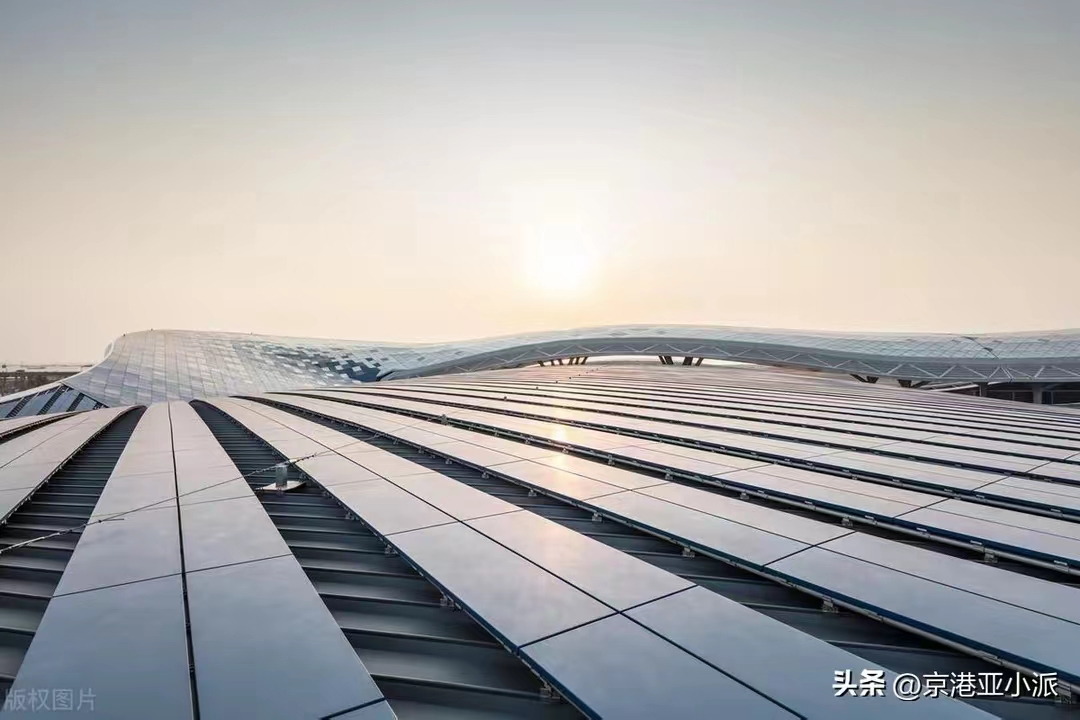Global aluminum inventory continues to decline, strong demand drives up aluminum prices
Recently, aluminum inventory data released by the London Metal Exchange (LME) and Shanghai Futures Exchange (SHFE) both show that aluminum inventory is rapidly decreasing, while market demand continues to strengthen. This series of changes not only reflects the recovery trend of the global economy, but also indicates that aluminum prices may usher in a new round of rise.
According to data released by LME, LME’s aluminum inventory reached a new high in over two years on May 23rd. This high level did not last long, and then inventory began to decline. Especially in recent weeks, inventory levels have continued to decline. The latest data shows that LME aluminum inventory has dropped to 736200 tons, the lowest level in nearly six months. This change indicates that although the initial supply may be relatively abundant, inventory is rapidly consumed as market demand rapidly increases.

At the same time, the Shanghai aluminum inventory data released in the previous period also showed a downward trend. During the week of November 1st, Shanghai aluminum inventory decreased by 2.95% to 274921 tons, hitting a new low in nearly three months. This data further confirms the strong demand in the global aluminum market, and also reflects that China, as one of the world’s largest aluminum producers and consumers, has a significant impact on global aluminum prices due to its market demand.
The continuous decline in aluminum inventory and strong growth in market demand have jointly driven up aluminum prices. With the gradual recovery of the global economy, the demand for aluminum in emerging fields such as manufacturing, construction, and new energy vehicles is constantly increasing. Especially in the field of new energy vehicles, aluminum, as a key component of lightweight materials, is showing a rapid growth trend in demand. This trend not only enhances the market value of aluminum, but also provides strong support for the rise in aluminum prices.
The supply side of the aluminum market is facing certain pressure. In recent years, global aluminum production growth has slowed down, while production costs continue to rise. In addition, the tightening of environmental policies has also had an impact on the production and supply of aluminum. These factors have collectively led to a relatively tight supply of aluminum, further exacerbating the reduction of inventory and the rise in aluminum prices.